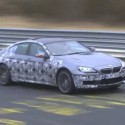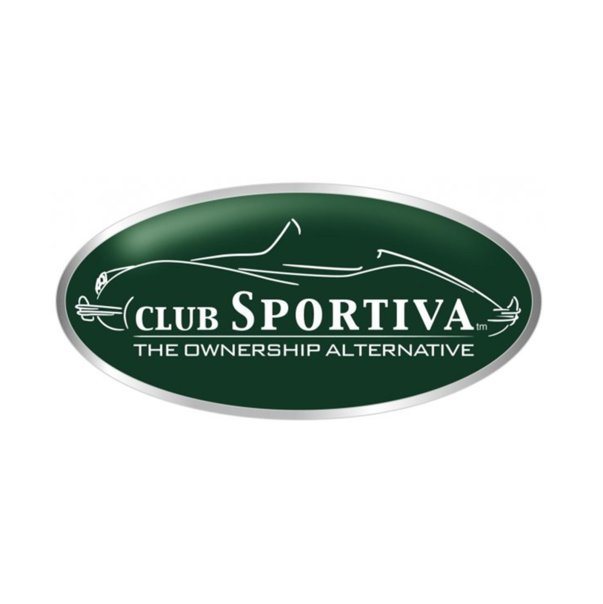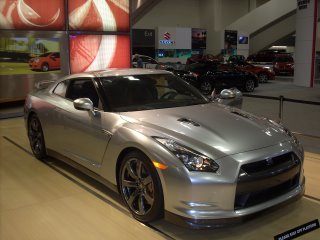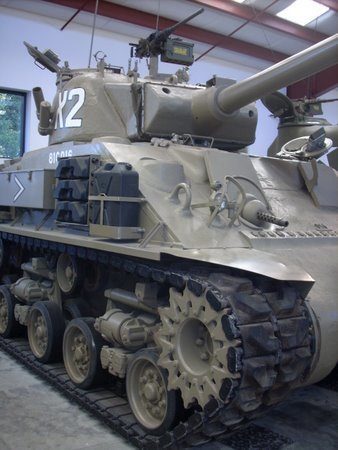The World Famous Nurburgring in Today’s Exotic Auto Marketplace

Many auto enthusiasts and industry followers are aware of Germany’s world-famous Nurburgring, but as the track continues to act as an increasingly utilized competitive frame of reference for manufacturers and finds itself more and more in automotive news and editorials, what is really the big deal about this track? The “Ring,” as it is often dubbed, is a track with rich history, global prominence and modern implications for today’s high-performance vehicles. So whether official F1 races are gracing its tarmac or unfamiliar tourists taxi around its corners, the Nurburgring is a true staple in today’s exotic auto landscape.
Completed in the spring of 1927, the Nurburgring was constructed in response to the unsafe racing conditions of the public roads around the Eifel mountains and to alleviate unemployment in the region (25k persons were hired to construct the track). Interestingly enough, although the ‘Ring would play stage for major European and international racing events, today’s use of the ‘Ring for testing and publicity does not stray far from its original intentions as a showcase for German engineering and racing prowess. Some of the events hosted at the ‘Ring include the first World Cycling Championship (1927), the first German Grand Prix (1927), the 24 Hours Nurburgring, races counting toward the World Sportscar Championship, and more. For racing events, the full ring was only used until 1939, with future Grand Prix events favoring the Northern Loop or “Nordschleife.” Those who dominated the particularly challenging layout were donned the title of “Ringmeister,” and the group naturally rotated as eras progressed and talent recycled. And as new Ringmeisters came and went, so would parts of the track.
At a length of over 14 miles and situated on the sides of mountains, the Nordschleife was reduced to under 13 miles with smoother, less bumpy execution. In fact, much of these alterations were rooted in safety protests by none other than the F1 drivers themselves. But today the uniquely long and dynamic track acts as more of a proving grounds for mainstream and exotic brands and as a public toll road than an official racing circuit. Just recently the new BMW M6 Gran Coupe was spotted slinging and chirping around the ‘Ring, establishing its high-performance intentions. This “spotting” seems to be commonplace in today’s automotive publicity practices, with near production vehicles adorned with psychedelic tape (to mask final design) taken to the track on a regular basis. Not only is the track challenging, but its associations with Germany and supreme automotive brands have made establishing a notable time on it a point of parity rather than a point of difference. Some of the fastest times come from cars like the Corvette ZR1, Porsche 911 GT2 RS, and our very own Nissan GT-R rental and Ferrari 458 Italia rental; all times fall near or under seven and a half minutes. An example of the ‘Ring carrying positive marketing implications was with that of the Cadillac CTS-V which achieved a sub-eight minute lap time. In placing above the likes of the Porsche 911 Carerra S (2005), Cadillac was able to leverage the track as proof of its sporting intentions in the 21st century.
Perhaps one of the most widely favored aspects of the Nurburgring is its public access to the Nordschleife. From its inception the track was open to the public for a one-way toll, which today runs about $35. But as much as we’d like it to be a “balls-to-the-wall” leadfoot-fest, this is no autobahn and German road regulations apply such as interspersed speed limits and the inability to pass on the right. Thrilling taxi rides are given in M-badged Bimmers, and Jaguar just debuted a gutted XJ for use as a ‘Ring taxi. Jag’s decision is yet another example of the ‘Ring’s use as a marketing tool, helping to substantiate the XJ’s high powered supercharged and supersport models as daring and performance-worthy enough to shuttle tourists around the famed track on a regular basis.
So whether it be the ‘Ring’s history, its long and varied course, or its dominant position in today’s exotic auto marketplace, there is sure to be an aspect of this distinctly German track that will get your motor running. And when all is said and done, as long as the track’s services evolve with the cars that test its twists and turns, it is sure to remain, asAutoblog notes, “everyone’s favorite German road.”






